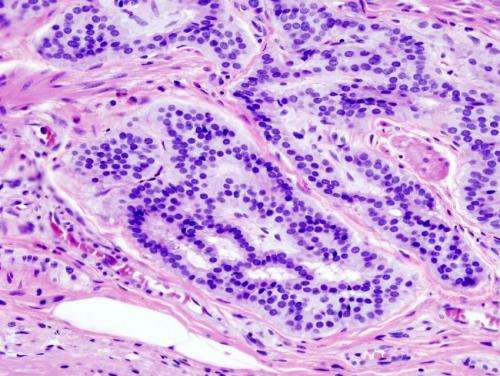Consumer Health: Treating colorectal cancer

March is Colorectal Cancer Awareness Month, which makes this a good time to learn about treating colorectal cancer.
Cancer inside the colon and cancer inside the rectum often are referred to together as colorectal cancer. Approximately 106,180 new cases of colon cancer and 44,850 new cases of rectal cancer will be diagnosed in the U.S. in 2022, according to the American Cancer Society. Excluding skin cancers, colorectal cancer is the third most common cancer diagnosed in both men and women in the U.S.
Signs and symptoms of colorectal cancer can include:
— A change in bowel habits.
— Rectal bleeding or blood in your stool.
— Abdominal pain.
— A feeling that your bowel doesn’t empty completely.
— Weakness or fatigue.
— Unexplained weight loss.
While rectal and colon cancers are similar in many ways, treatments differ.
Treatment for colon cancer usually involves surgery to remove the cancer. Other treatments, such as chemotherapy, radiation therapy, targeted drug therapy and immunotherapy, also may be recommended. The treatments most likely to help you depend on the stage and location of your cancer, as well as your overall health and preferences.
Treatment for rectal cancer involves surgery when possible. Chemotherapy and radiation therapy may be used after surgery to kill any cancer cells that remain and reduce the risk that cancer will return.
However, because the rectum sits in a tight space, barely separated from other organs and structures, the cancer may not be able to be removed completely without injuring nearby organs and structures. Instead, your health care professional may recommend a combination of chemotherapy and radiation therapy as your initial treatment. These combined treatments may shrink the cancer and make it easier to remove during an operation.
Source: Read Full Article
